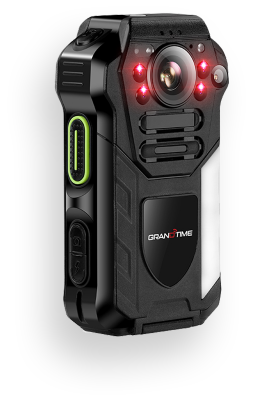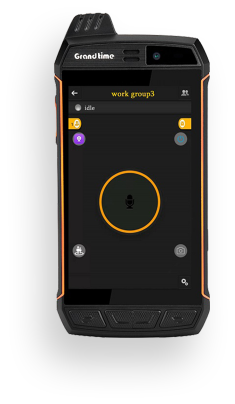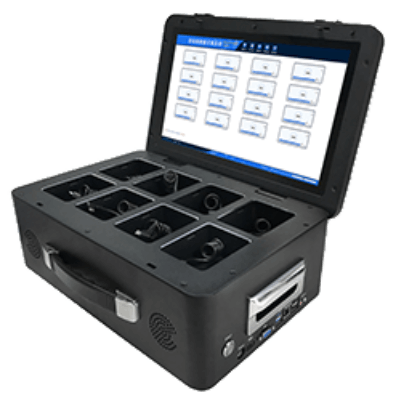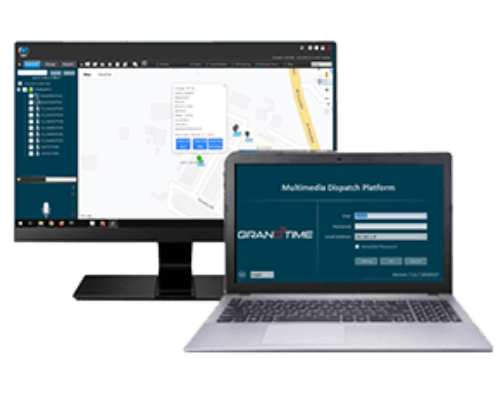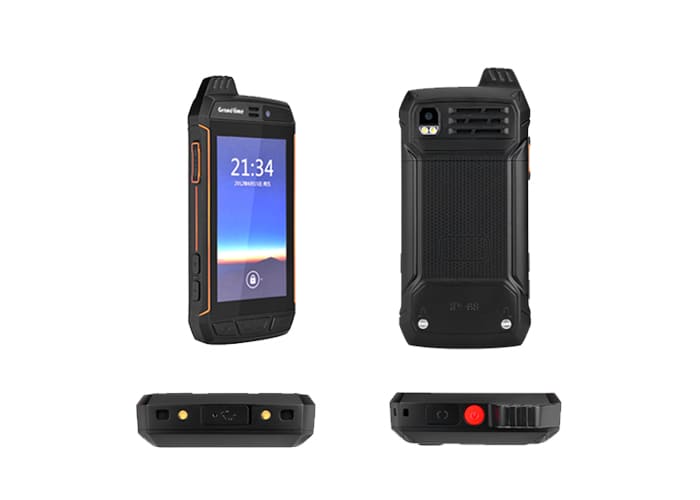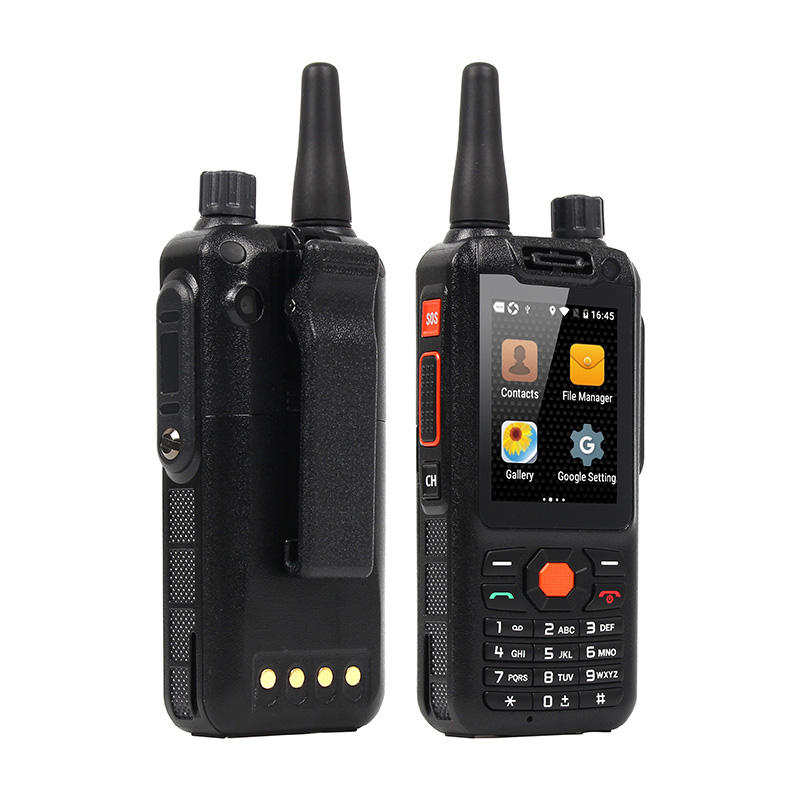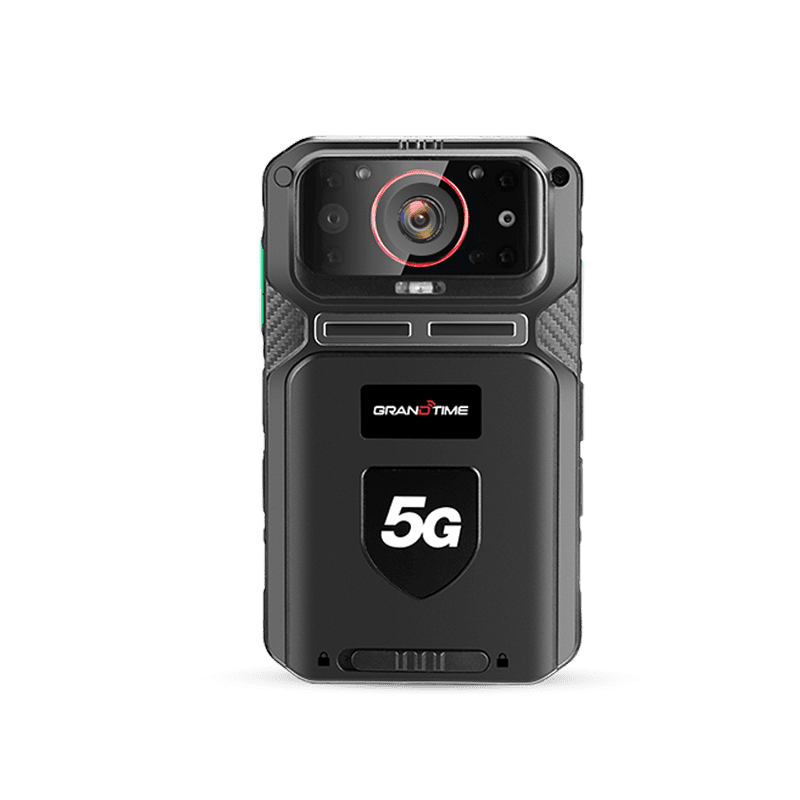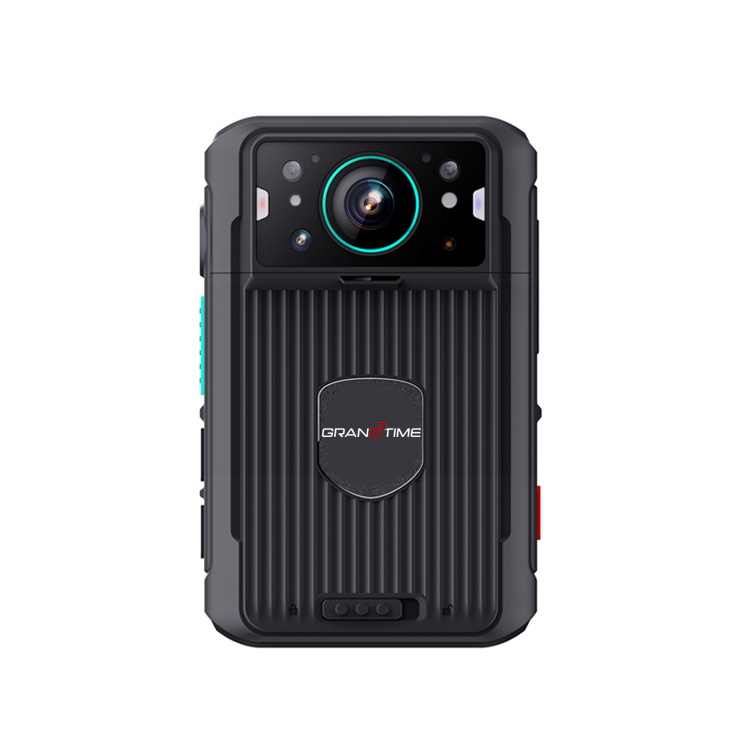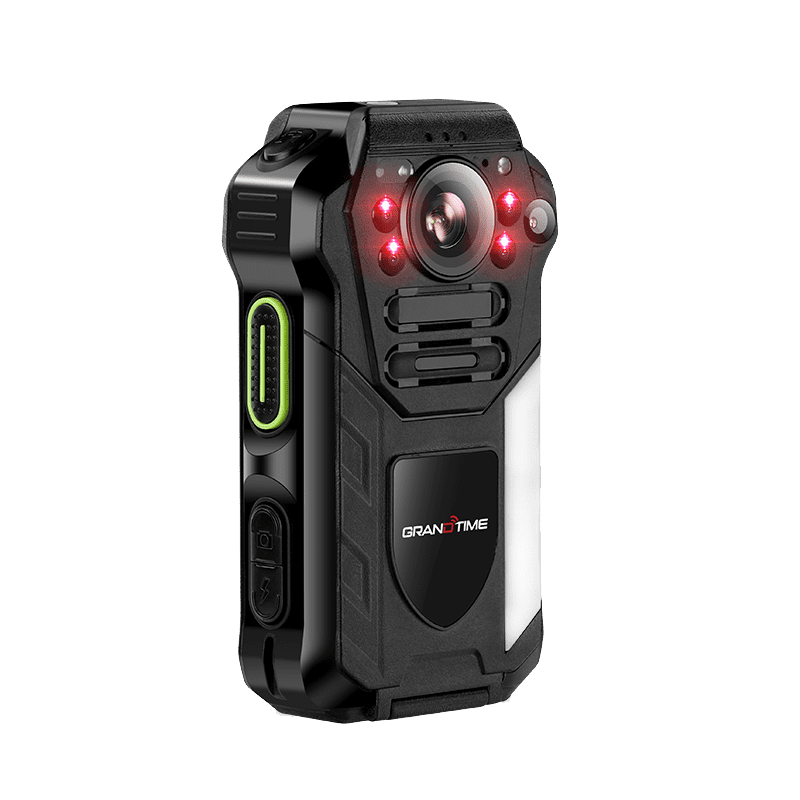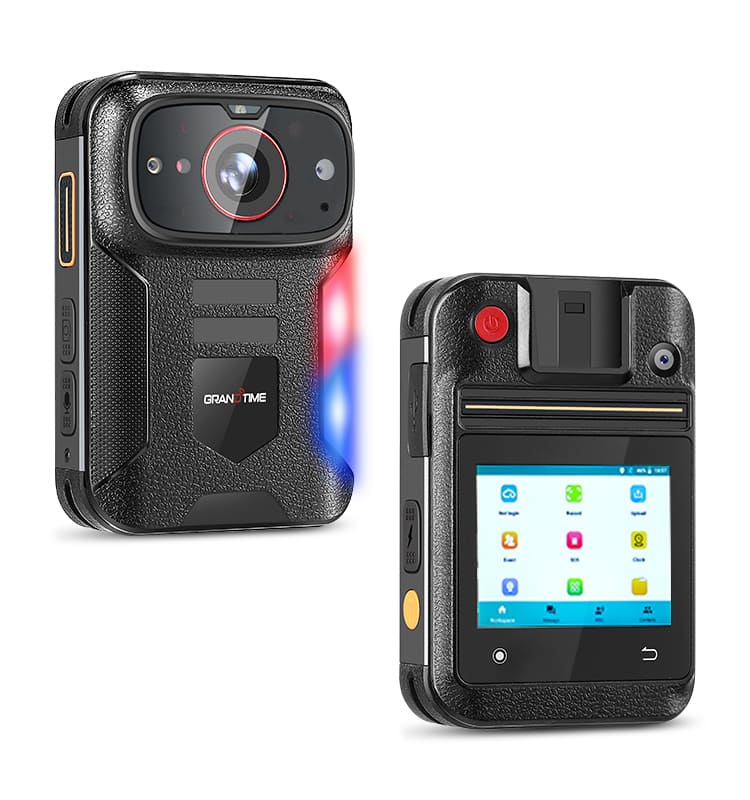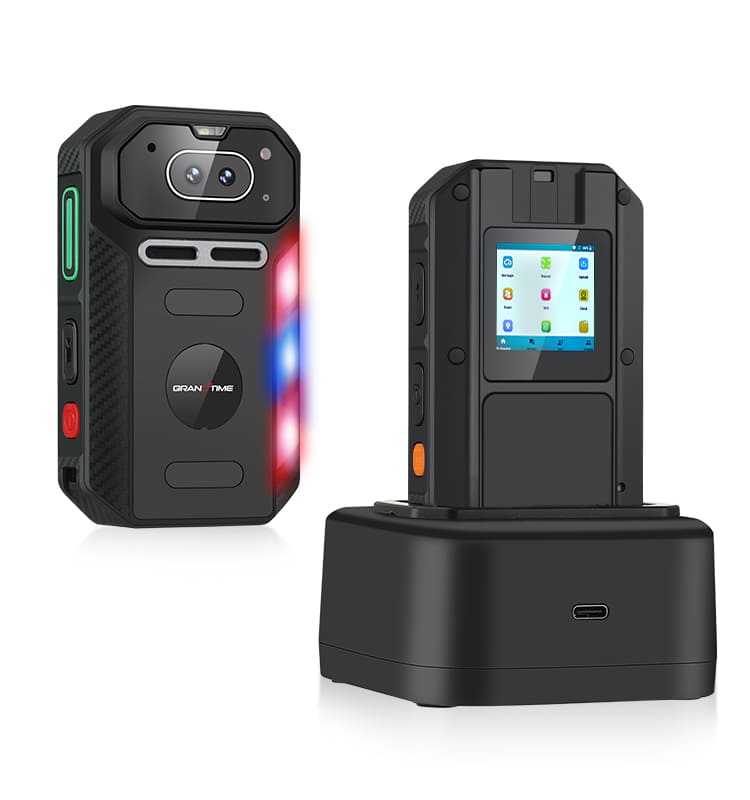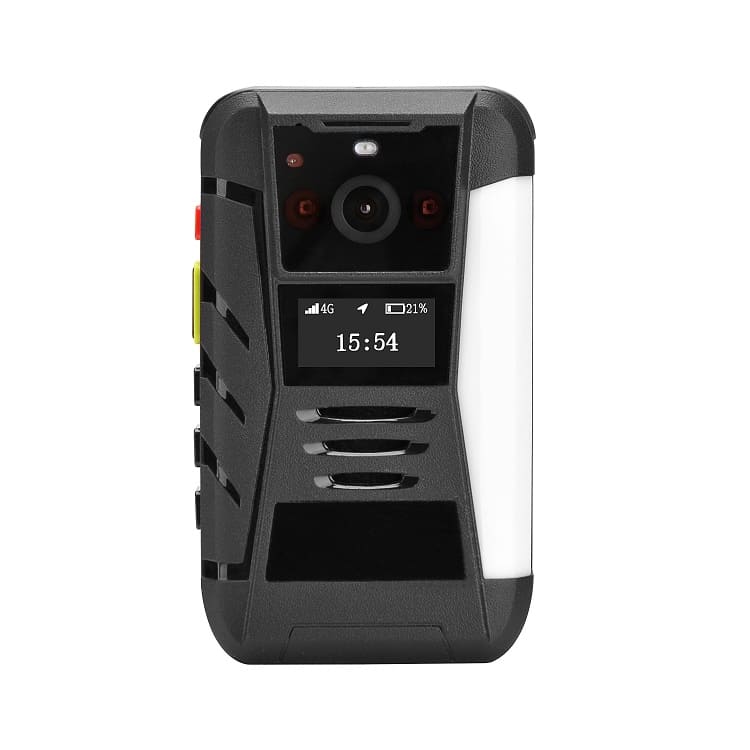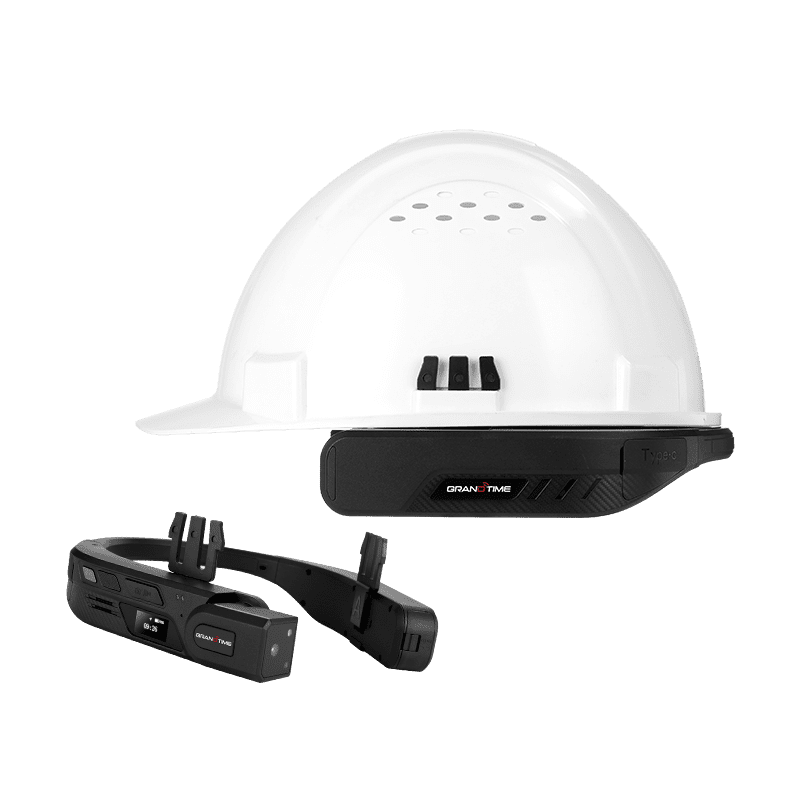In the fast-paced logistics and transportation industry, real-time communication is critical to ensure smooth operations, reduce downtime, and enhance supply chain efficiency. One of the latest innovations changing this sector is the Push-to-Talk over Cellular (PoC) radio. By leveraging 4G LTE or 5G networks, PoC radios provide a powerful, scalable, and cost-effective alternative to traditional two-way radios or walkie-talkies.
Here we will explore how PoC communication technology significantly improves logistics efficiency and transportation productivity, and why more companies are turning to PoC devices for fleet management, warehouse operations, and real-time dispatching.
PoC Radios
PoC radios, also known as Push-to-Talk over Cellular radios, are advanced communication devices that enable instant voice communication over cellular data networks. Unlike conventional analog radios that are limited by range and frequency constraints, PoC walkie-talkies use the internet (4G, 5G, or Wi-Fi) to provide nationwide or even global coverage. These radios are ideal for logistics companies, transport fleets, delivery services, and warehouse operations seeking reliable, long-range communication.
Key Benefits of PoC Radios for Logistics and Transportation
Seamless Communication
Logistics operations often involve long-distance transportation. PoC radios remove the barriers of traditional radios that require repeaters or frequency licenses. This makes them perfect for logistics operations and trucking services.
Real-Time Fleet Tracking and Dispatch
Modern PoC radio systems are integrated with GPS tracking and real-time dispatching platforms, enabling logistics managers to monitor the location and status of each vehicle in the fleet. Dispatchers can assign tasks, reroute drivers, or respond to unexpected changes without delay. This real-time fleet management greatly enhances delivery efficiency, reduces fuel consumption, and ensures on-time deliveries.
Enhanced Safety and Emergency Features
Driver and cargo safety is a top priority in the transportation industry. PoC radios are equipped with emergency call buttons, man-down alerts, and lone worker protection features. In the event of an accident or unforeseen hazard, drivers can instantly communicate with dispatchers or security teams.
Multi-Group Communication and Task Coordination
PoC communication systems support group calling, private calling, and broadcast messaging, which are essential for coordinating complex logistics tasks. Whether it’s coordinating between warehouse staff and drivers, or among multiple delivery teams, PoC radios streamline communication and reduce delays caused by information silos.
Cost-Effective Communication Infrastructure
Unlike traditional radio systems that require repeaters, towers, and licensing fees, PoC radios operate over existing 4G/5G cellular networks. This drastically reduces infrastructure costs and eliminates the need for spectrum licenses. As a result, PoC radios for logistics offer a lower total cost of ownership and scalable deployment options suitable for businesses of all sizes.
Long Battery Life and Rugged Design
Transportation and logistics environments are demanding. PoC radios are designed to be rugged, dustproof, and water-resistant, making them ideal for use in trucks, loading docks, and outdoor environments. With long battery life, these devices can operate for a full shift or longer without requiring frequent recharging, ensuring continuous communication throughout the day.
Integration with Logistics Management Software
Advanced PoC radio platforms can be integrated with logistics management systems, route optimization software, and inventory control platforms. This creates a unified solution where communication and operational data are synchronized in real-time, leading to increased visibility and improved logistics workflows.
PoC Radios vs Traditional Walkie-Talkies in Transportation
|
Feature |
Traditional Walkie-Talkie |
PoC Radio |
|
Coverage |
Limited (line-of-sight or local area) |
Nationwide/Worldwide |
|
Setup Cost |
High (infrastructure needed) |
Low (uses existing networks) |
|
Licensing |
Required |
Not required |
|
GPS Tracking |
No |
Yes |
|
Emergency Features |
Limited |
Advanced (SOS, Man Down, etc.) |
|
Scalability |
Difficult |
Easy and flexible |
Choosing the Right PoC Radio for Your Logistics Team
When selecting a PoC radio device for your organization, consider the following factors:
Network Compatibility: Ensure support for 4G LTE or 5G networks in your operational areas.
Battery Capacity: Choose radios with extended battery life for long-haul trips.
Durability: Opt for industrial-grade radios with IP67 or MIL-STD certifications.
Software Integration: Look for radios that support APIs for integration with dispatch or fleet management software.
Vendor Support: Work with a trusted PoC radio manufacturer or Push-to-Talk device supplier that offers after-sales service and firmware updates.
Compact, Rugged, and Easy-to-operate 4G Handheld PoC Radio
Conclusion
PoC radios are changing the way logistics and transportation businesses communicate. By offering real-time communication, nationwide coverage, and smart dispatching tools, they enhance operational efficiency, reduce delays, and boost safety across the supply chain. As logistics networks grow more complex, adopting PoC communication systems is a strategic step toward future-proofing transportation operations.
Grandtime 4G PoC handheld radios are designed with flexibility in mind. Whether it's integrating with existing software or adapting to unique workflows, our PoC mobile radios ensure a tailored solution for diverse business requirements. Feel free to contact us for more.

